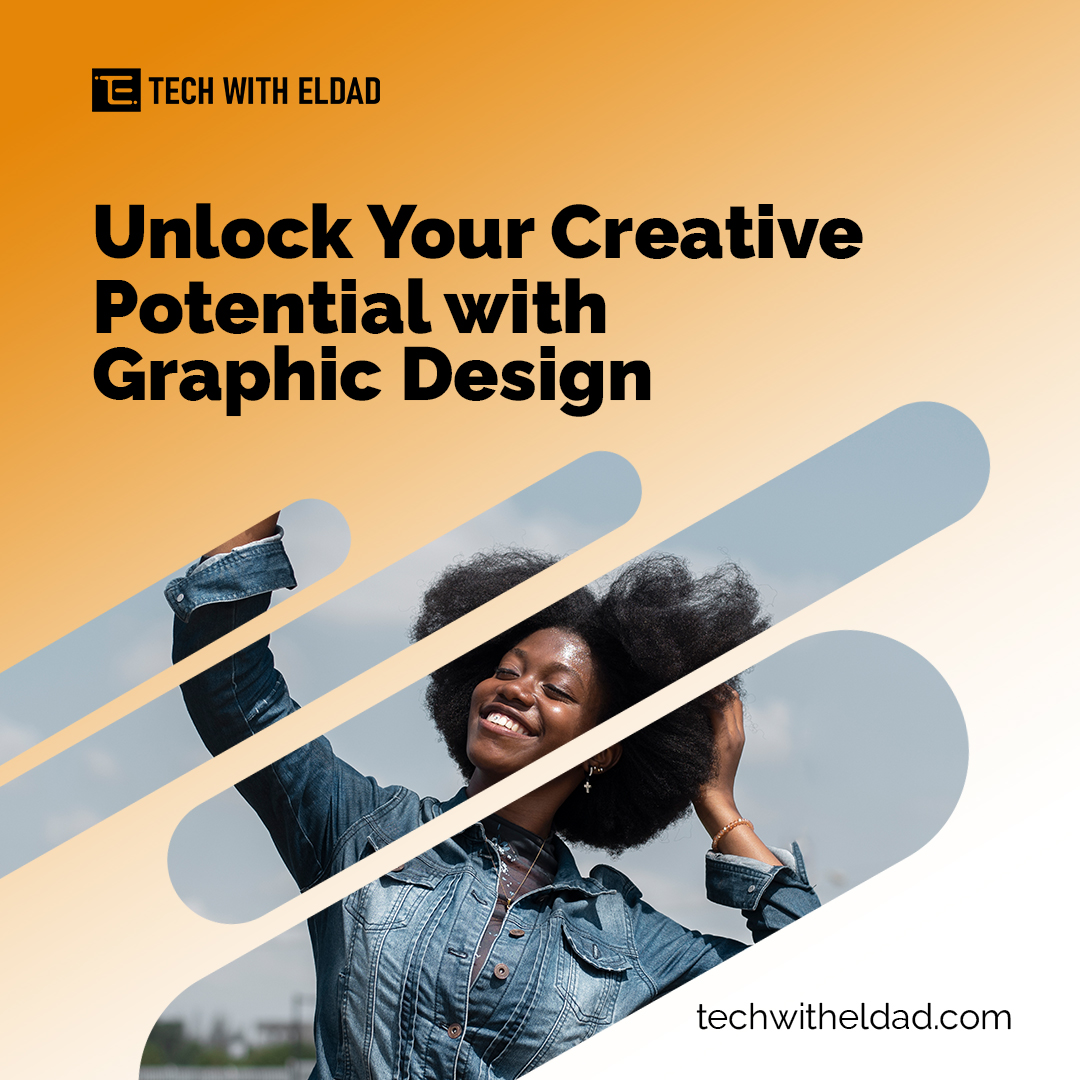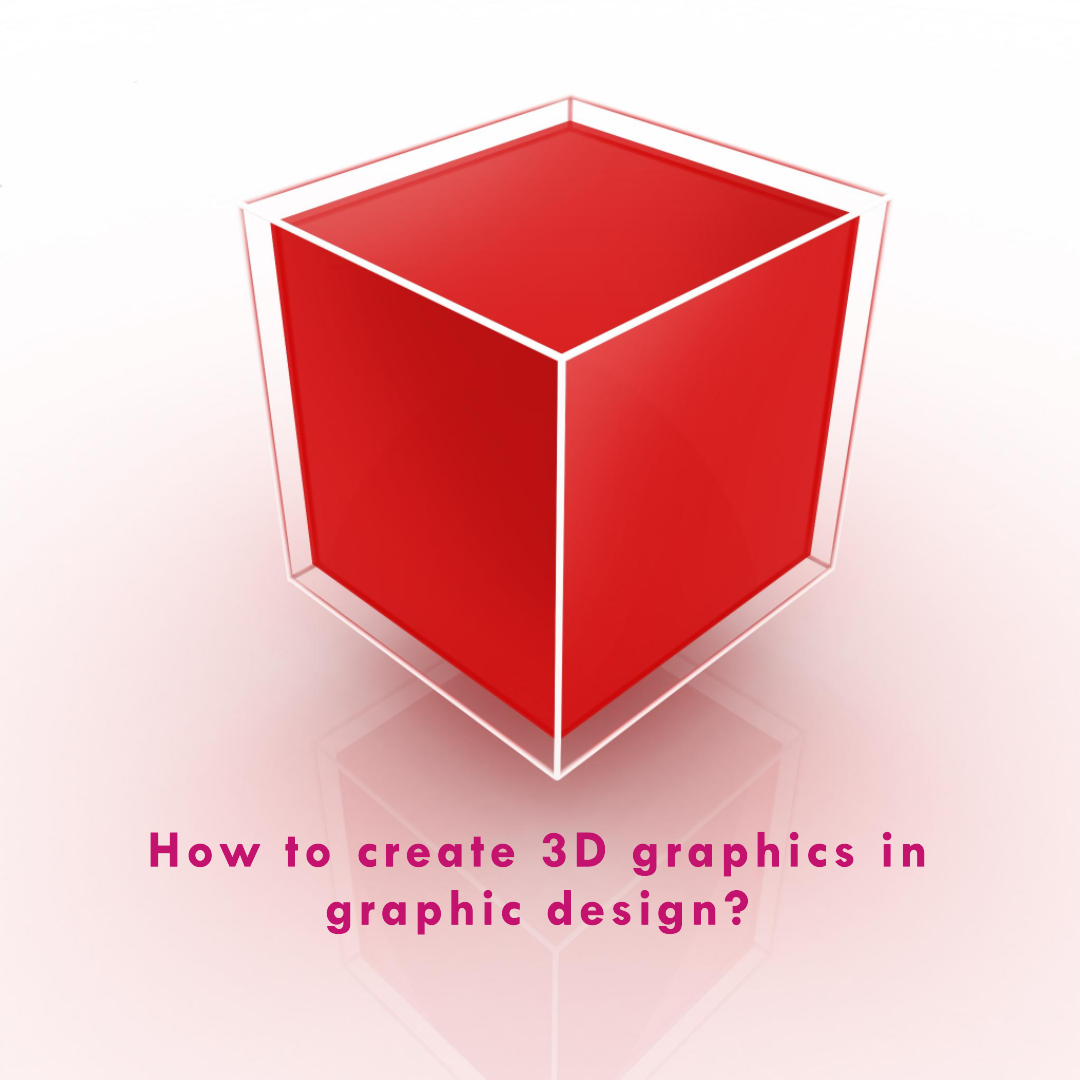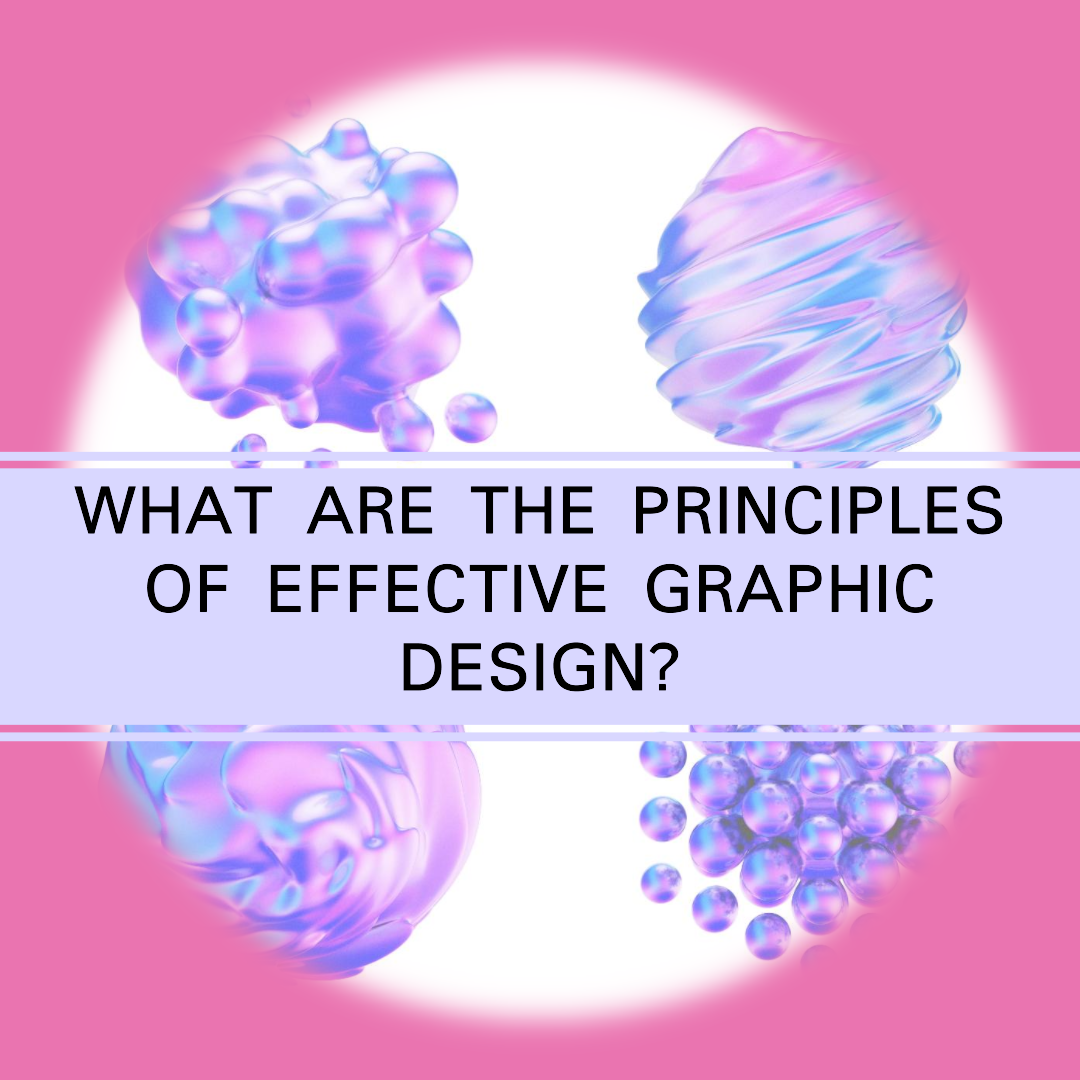Graphic design is a powerful tool that can unleash your creativity and help you express your ideas visually. Whether you’re a professional designer or someone who just enjoys dabbling in design, understanding the importance of graphic design can have a significant impact on your creative journey.
Understanding the Power of Graphic Design
Graphic design plays a crucial role in today’s digital age, where visual communication has become more prevalent than ever before. It combines art, technology, and psychology to create visually appealing and effective designs that engage and captivate audiences.
But what exactly is graphic design? It is the art of combining text, images, and other visual elements to convey a message or tell a story. It goes beyond just making things look pretty; it is about creating a visual language that speaks to people on a deeper level.
In today’s fast-paced world, where attention spans are shorter than ever, graphic design helps businesses and individuals stand out from the crowd. From logos and websites to social media graphics and advertisements, the role of graphic design is to visually communicate messages and evoke emotions that resonate with the target audience.
Imagine scrolling through your social media feed and coming across a beautifully designed graphic. It catches your eye, and you can’t help but stop and take a closer look. That is the power of graphic design. It has the ability to grab attention and make people pause in their tracks.
But graphic design is not limited to digital platforms. It encompasses a wide range of mediums, including print media, packaging, and even environmental design. Good design not only grabs attention but also enhances the overall user experience and facilitates a connection between brands and their customers.
The Psychological Impact of Good Design
One of the most exciting aspects of graphic design is its ability to influence human behavior and emotions through visual elements. Colors, fonts, and images all play a significant role in shaping how people perceive and interact with a design.
Colors, for example, have the power to evoke specific emotions. Warm colors like red and orange can create a sense of urgency or excitement, while cool colors like blue and green can evoke feelings of calmness and tranquility. Understanding the psychology of color allows designers to choose the right palette to convey the desired message.
Typography is another essential element of graphic design. Different fonts have different personalities and can evoke different emotions. A bold and modern font may convey a sense of strength and confidence, while a delicate and elegant font may create a feeling of sophistication and grace.
Images are also crucial in graphic design. They can tell a story, evoke emotions, and create connections. A carefully chosen image can make a design more relatable and memorable.
For example, a well-designed logo can evoke trust and familiarity, making customers more likely to choose a particular brand over its competitors. Similarly, a thoughtfully designed website can guide users through a seamless and enjoyable browsing experience, leaving a lasting positive impression.
Understanding the psychological impact of design can empower designers to create designs that not only look aesthetically pleasing but also effectively convey the intended messages and elicit desired emotions.
In conclusion, graphic design is a powerful tool that combines art, technology, and psychology to create visually appealing and effective designs. It helps businesses and individuals stand out in today’s digital age and influences human behavior and emotions through visual elements. By understanding the power of graphic design, designers can create designs that engage, captivate, and leave a lasting impact on their audience.
Essential Graphic Design Skills to Boost Your Creativity
To unlock your creative potential in graphic design, it’s crucial to master the essential skills that form the foundation of good design. These skills enable you to bring your ideas to life and make your designs visually compelling and impactful.
Graphic design is a multifaceted discipline that requires a combination of technical expertise and artistic flair. By honing your skills in various areas, you can elevate your designs from ordinary to extraordinary.
Mastering the Basic Principles of Design
Before delving into advanced design techniques, it’s essential to grasp the basic principles of design. These principles include elements such as typography, color theory, composition, and layout. Understanding how these elements interact and influence each other allows you to create harmonious and visually balanced designs.
Typography is a fundamental aspect of graphic design, as it involves selecting and arranging typefaces to effectively communicate your message. It’s important to consider factors such as readability, hierarchy, and font pairings to create visually appealing and legible text.
Color theory plays a significant role in evoking emotions and setting the tone of a design. By understanding color harmonies, contrasts, and meanings, you can create designs that resonate with your audience and convey the desired message.
Composition and layout refer to the arrangement and organization of visual elements within a design. By considering factors such as balance, proximity, and visual hierarchy, you can guide the viewer’s eye and create a visually pleasing and engaging design.
Learning the rules of design gives you a solid foundation to build upon and provides a framework for creative experimentation. By knowing the rules, you can effectively break them and create designs that are unique and captivating.
Advanced Techniques for a Unique Design Approach
Once you’ve mastered the fundamentals, it’s time to explore advanced techniques that allow you to develop a unique design style. Experiment with different design software, such as Adobe Photoshop and Illustrator, to create stunning visuals and explore new ways to express your creativity.
Adobe Photoshop is a powerful tool for image manipulation and editing. With its extensive range of features and capabilities, you can seamlessly blend images, apply special effects, and create visually striking compositions.
Adobe Illustrator, on the other hand, is a vector-based software that enables you to create scalable and precise illustrations, logos, and typography. Its versatility and flexibility make it an essential tool for graphic designers.
Additionally, staying updated with the latest design trends and techniques can inspire new ideas and push the boundaries of your creativity. Attend design conferences, workshops, or join online communities to connect with fellow designers and learn from their experiences.
Collaboration and feedback are also vital for growth as a graphic designer. Seeking input from peers, clients, and mentors can provide valuable insights and help you refine your designs. Embrace constructive criticism and use it as an opportunity to improve and refine your skills.
Ultimately, mastering essential graphic design skills and continuously expanding your knowledge and expertise will enable you to create designs that captivate and inspire. Embrace the journey of learning and experimentation, and let your creativity soar.
Exploring Different Graphic Design Tools
In addition to honing your design skills, familiarizing yourself with a variety of graphic design tools is essential for unlocking your creative potential. Whether you prefer traditional or digital methods, having a diverse toolbox allows you to approach design challenges from different angles.
Traditional Tools for Graphic Design
Traditional tools such as pencils, pens, and markers are valuable in the initial stages of the design process. They allow you to sketch out ideas quickly and experiment with different concepts. Many designers find that starting on paper helps them generate more innovative and organic designs.
Moreover, exploring traditional mediums like watercolors, acrylics, or collage can provide a fresh perspective and add a tactile element to your designs.
Digital Tools to Enhance Your Design Process
As technology continues to advance, digital tools have become an integral part of the graphic design workflow. Software like Adobe Creative Cloud offers powerful capabilities that enable designers to create, edit, and manipulate visual elements with ease.
Additionally, online platforms and resources provide a vast library of fonts, stock images, and design assets that can enhance your design process and save you time. By combining traditional and digital tools, you can create designs that are both visually compelling and technically proficient.
How to Develop Your Unique Design Style
Developing your unique design style is a crucial step in unlocking your creative potential as a graphic designer. It sets you apart from other designers and allows you to establish your brand and artistic identity.
Finding Inspiration for Your Design Style
Inspiration can come from various sources, such as nature, art, music, or even everyday objects. Keep a sketchbook or digital journal where you can record your ideas, observations, and visual inspirations. Explore different art movements, study famous designers’ works, and absorb as much visual knowledge as possible.
However, while staying inspired is essential, it’s equally important to develop your unique voice rather than simply imitating existing styles. The key is to find a balance between learning from others and infusing your personality and vision into your designs.
Tips for Developing and Refining Your Design Aesthetic
Refining your design aesthetic is an ongoing process that requires constant self-reflection and experimentation. Start by analyzing your past works and identifying elements that consistently resonate with you. These could be specific colors, textures, or design elements that you gravitate towards.
Experiment with different styles and techniques, combining and reinterpreting them in novel ways. Don’t be afraid to take risks and step out of your comfort zone. Embracing the process of trial and error allows you to refine your design aesthetic and develop a unique signature style that reflects your artistic journey.
Practical Applications of Graphic Design in Various Industries
Graphic design finds applications in a wide range of industries, each with its unique requirements and challenges. Understanding how graphic design is utilized in different sectors can broaden your perspectives and open up exciting career opportunities.
Graphic Design in Marketing and Advertising
In the marketing and advertising industry, graphic design is essential for creating visually compelling campaigns that engage and persuade audiences. From designing eye-catching posters and brochures to developing digital ads and social media graphics, graphic designers play a pivotal role in helping businesses communicate their brand messages effectively.
Understanding marketing principles and consumer psychology allows graphic designers to create designs that resonate with the target audience, drive sales, and build brand awareness.
The Role of Graphic Design in Web Development
In web development, graphic design is an integral component that shapes the overall user experience. Web designers use their graphic design skills to create visually appealing websites that are both aesthetically pleasing and user-friendly.
Effective use of typography, color schemes, and layout enhances readability and navigability, making websites more engaging and enjoyable to browse. Additionally, graphic designers collaborate with web developers to ensure that designs are optimized for different devices and screen sizes.
Graphic design plays a vital role in unlocking the creative potential of individuals and transforming businesses. Understanding its power, developing essential design skills, and exploring different tools and techniques can help you excel in the world of graphic design. By continuously refining your design style and staying updated with industry trends, your creative potential can flourish, allowing you to create visually stunning and impactful designs.








